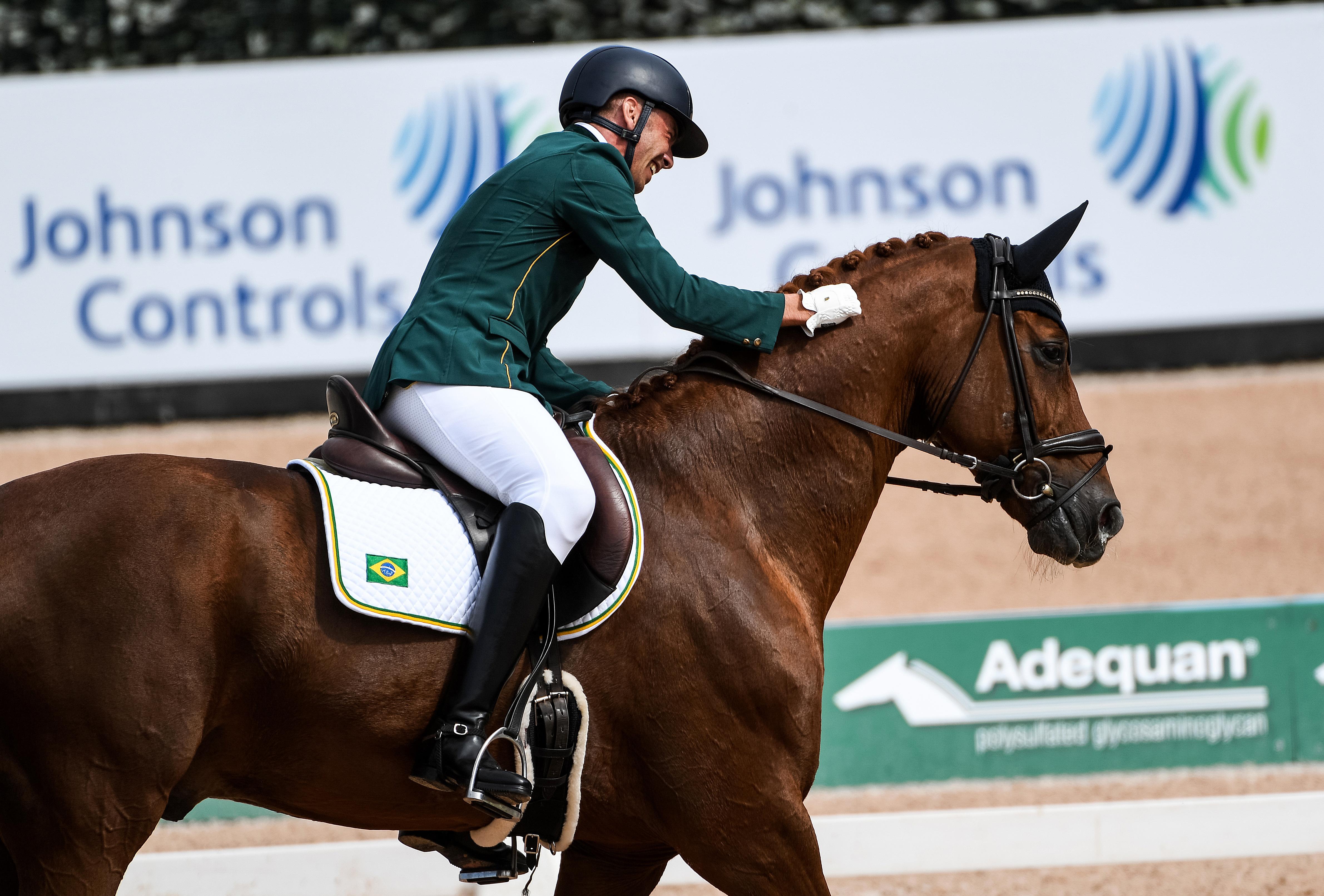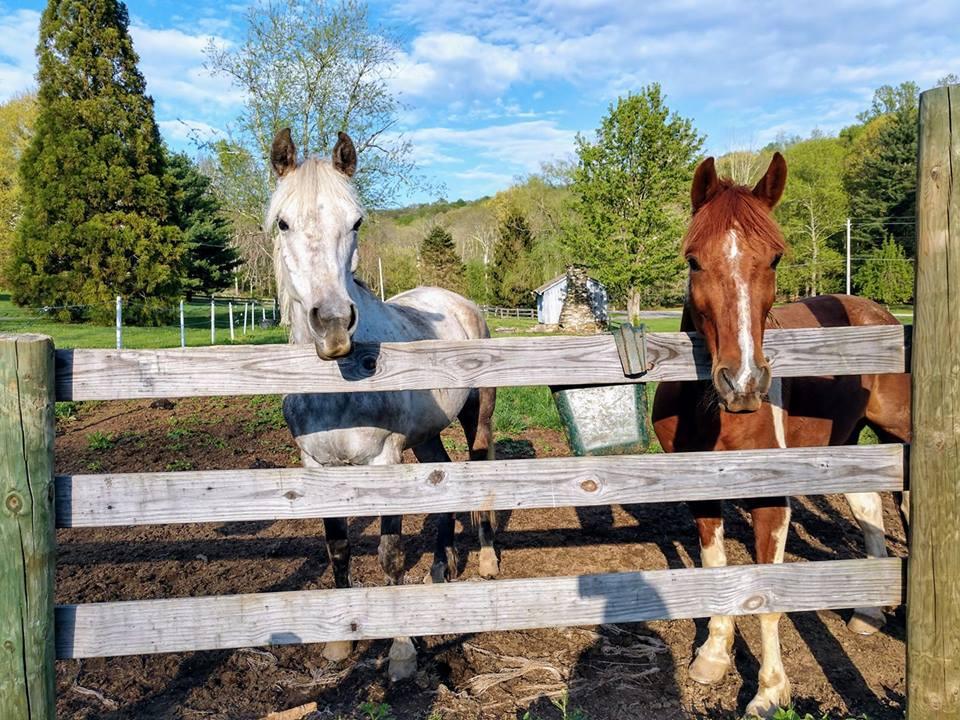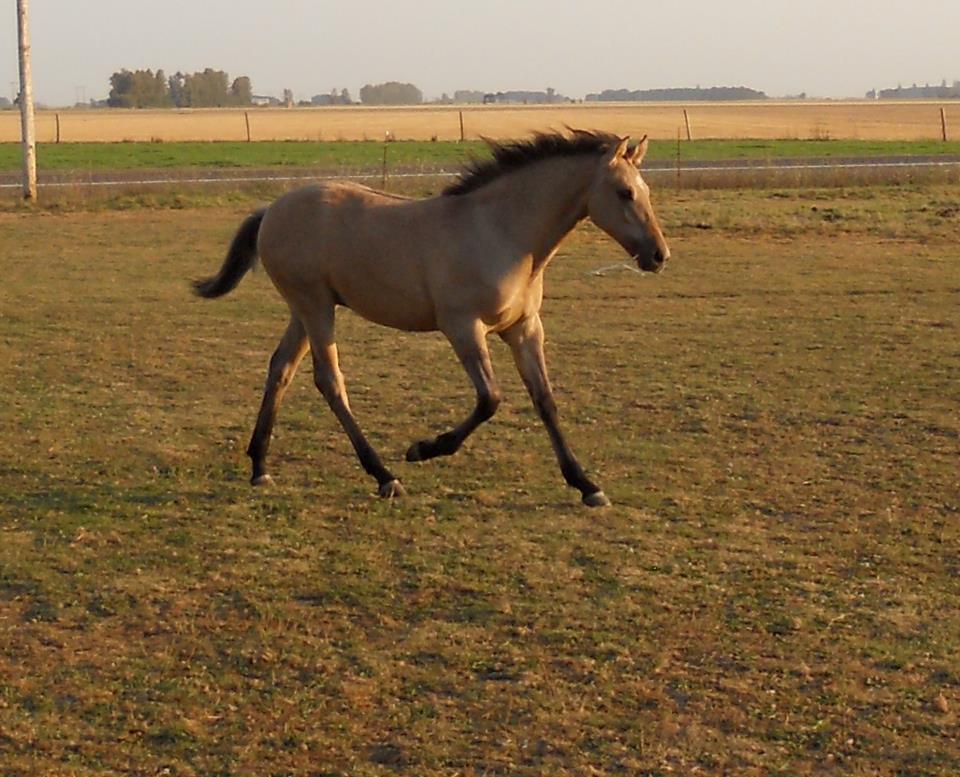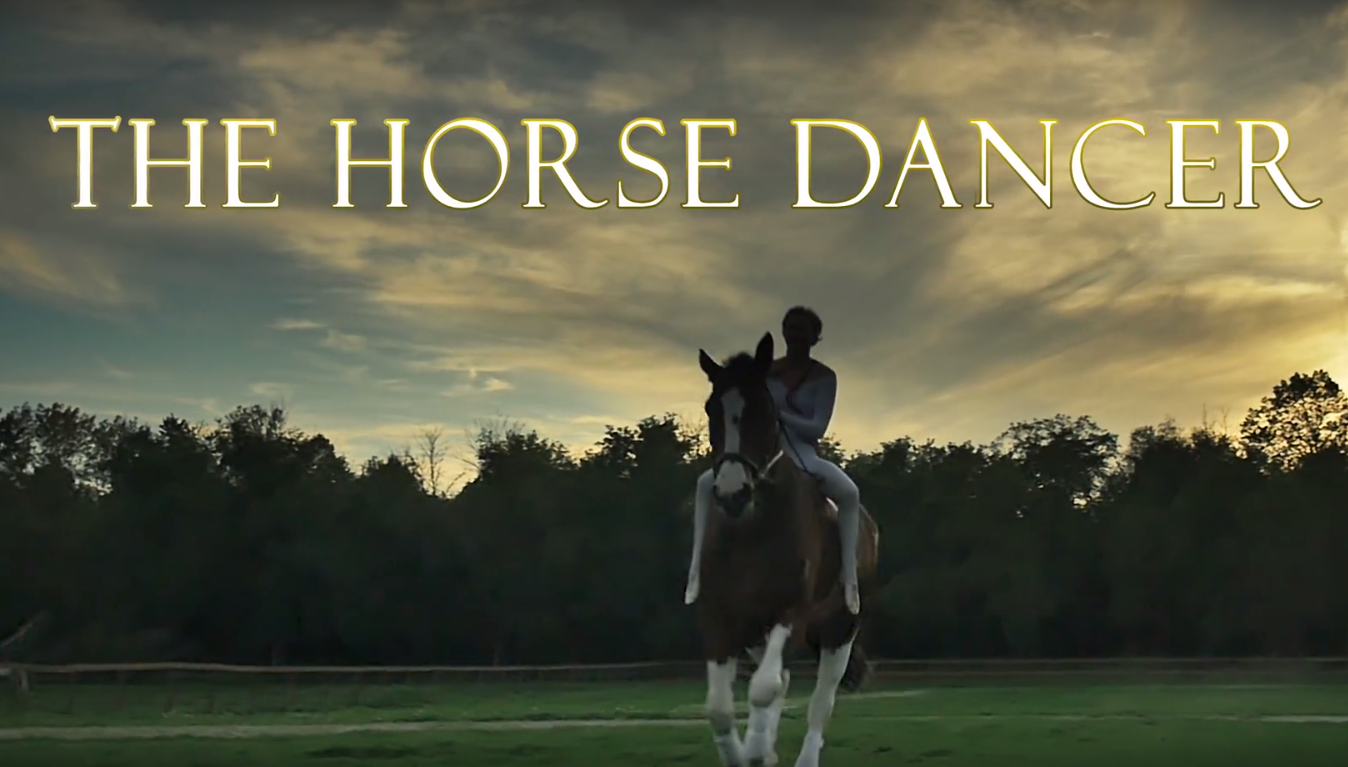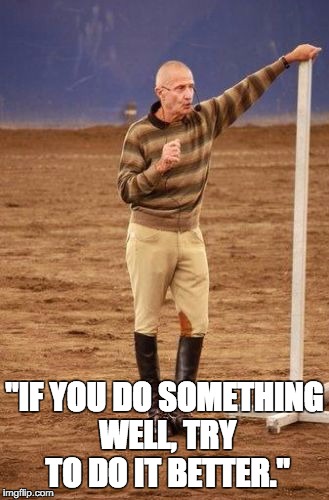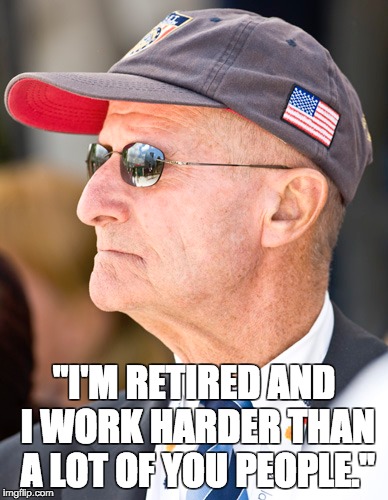My little Kiger mustang, DB’s Alpha Helix, is my up and coming dressage star. While he is just about to compete in his first recognized show at training level I often find myself daydreaming of passaging across the arena at Devon with Joe Strummer and the Mescaleros’ “Cool N Out” playing in the background.

Helix showing his dressage chops at an Oregon League show. Photo by Sarah Kress
I was convinced from the moment I laid eyes on him that he was going to be my FEI horse and I know if I can give him the training he needs and deserves, he can get me there. So if my goals with him are 100% dressage related why the heck would I spend one or two days per week working on courses and gymnastic lines?
It all began after our last show. While Helix was great during our tests, he was difficult to manage in the warmup. I board at a small, quiet barn, and frequently have the arena to myself when I ride, so it came as a bit of a surprise when Helix felt the need to pass any horse that might happen to be in front of him. This typically involved breaking into the million-mile-a-hour sewing machine trot which is absolutely no fun to ride, and pretty counter-productive while trying encourage relaxation and stretch over the back.
When a friend asked me if I’d like to go along with her to group jump lesson at Willamette Sport Horses , I thought it would be the perfect opportunity for Helix to practice riding in an arena with other horses without chasing them down. I also knew that head trainer, Brook Phillips, would create a fun, inviting atmosphere where I wouldn’t feel judged and could just go have a good time with my horse.
Helix had done some trot/canter poles, and some x-rails here and there, but I had never really jumped him before. Immediately I was shocked by how game he was, and how well he was actually able to jump. The boy has some ability!
A couple weeks after incorporating jumping into our training program, I was equally shocked by how much our dressage improved as a direct result of the jump cross training. We dressage riders always like to preach to riders of other disciplines that incorporating dressage into their training will improve their performance, and it’s totally true! It turns out it is also true that cross training your dressage horse with a little jumping will have a pretty amazing impact on the performance of both horse and rider.
Here are the four main areas I saw improvement as a direct result of our work over fences on top of the fact he can now remain civilized in a busy arena.
Improved quality of canter: The lower levels of dressage require very little canter, and as a result I think we often school the canter less than we actually should while riding at those levels. It is amazing what merely cantering more will do for the quality of the canter, and when you are cantering courses, you definitely canter more than you would in a training/first level test.
On top of that, jumping demands the development of an adjustable canter with a bit more urgency than words on a page telling you to “lengthen the stride” and “return to working canter.” There’s a freaking obstacle in front of you, and you need to get to the proper point for optimal lift off or else you’ll find yourself grabbing mane and hanging on for dear life! Jumping also requires the horse to sit on its haunches to push off before a fence. What a great way to start building hind end strength required for collected gaits.
Helix jumping ~2’9′ quite well even though mom set him up for a long spot.
Core strength: We all know that the sitting trot requires TONS of core strength to achieve that quiet, effortless look, and we all know that every time we watch Laura Graves ride, we will be reminded just how inadequate our own core strength is. I feel like sitting trot gets all the hype for the “strong core” requirements, and riding in two-point is never given the core-busting street cred it deserves. While standing in the stirrups, your core MUST be engaged in order to stabilize your precariously perched body. Go trot around in your two-point for five minutes. I dare you. Your horse’s back will thank you when it comes time to sit.
Confidence/bravery: I think there is something very powerful about a task that can be tangibly accomplished in terms of developing a confident horse. Your horse has no idea what a good transition, a correctly positioned shoulder-in, and a perfectly elastic stretch circle are supposed to look like, but there is something that seems so comprehensible to a horse about having an obstacle in front of him/her and successfully making it to the other side. It seems to translate to “I did the thing!” which quickly evolves into “I can do things!” and a horse with that confident, can-do mentality can take on the world!
In order to ensure the creation of a confident partner, it is immensely important that you provide obstacles with which your horse can easily achieve success, and only increase the difficulty when you are completely sure he/she is ready.
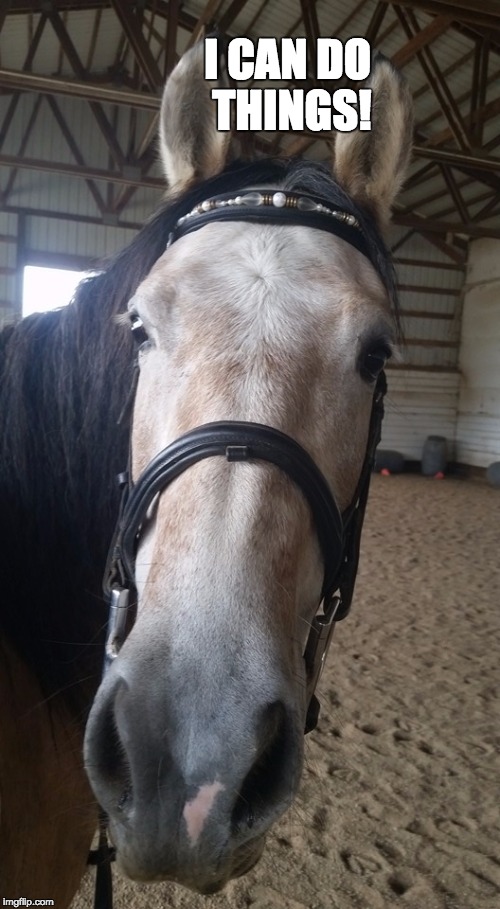
A confident Helix is a happy Helix! Photo by Biz Stamm.
Fun!: Jumping is really fun, and a I think when a horse/rider are joyful in their work, the outcome will always be better.
So go ahead, DQ’s! Give it a shot. Set up some x-rails and let the fun begin!
Go riding!
Biz Stamm is a horse trainer/mad scientist who enjoys spending her free time running like a gentle breeze in the Oregon foothills. Specializing in starting young horses under saddle at Stamm Sport Horse LLC, she brings the analytical approach she has acquired while working in laboratory to her training. She currently owns two horses: the Kalvin Cycle (Kalvin), an 11-year-old half-Arabian gelding, and DB’s Alpha Helix (Helix), a 6-year-old Kiger mustang gelding. While she is currently pursuing competitive goals, her main goal is to enjoy her horses, and for her horses to enjoy her.
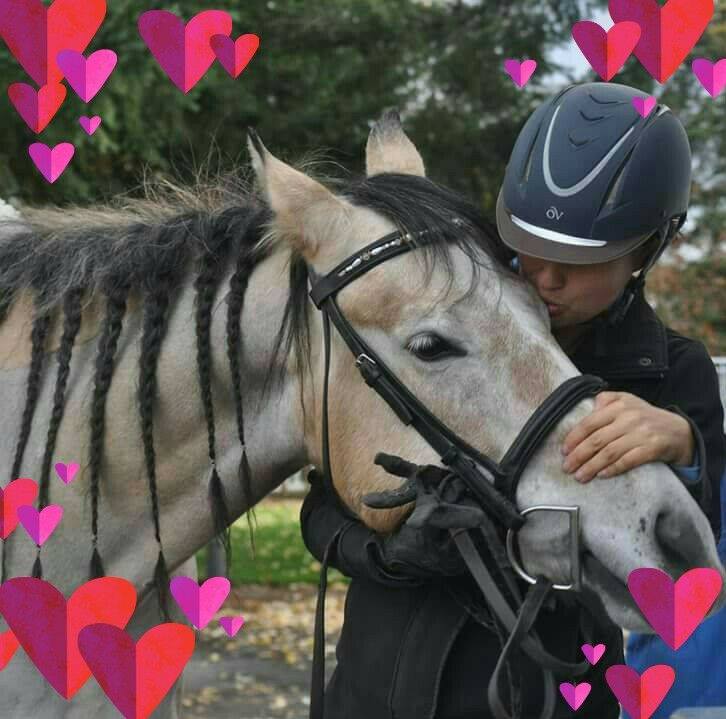
Photo by Ana Barros











